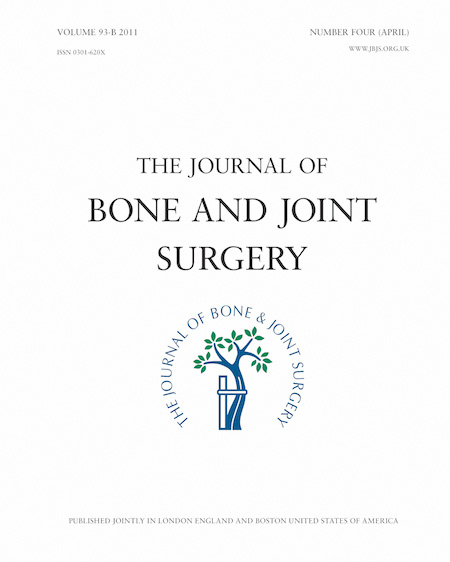
ARTHROPLASTY
Assessing flexion, pain, weight-bearing flexion following mobile-bearing high-flexion TKR
This report has been verified
by one or more authors of the
original publication.
J Bone Joint Surg Br. 2012 Aug;94(8):1051-7.
77 patients with osteoarthritis of the knee were randomized to receive a total knee replacement with either a standard fixed-bearing posterior cruciate ligament-preserving design (FB-S) or a high-flexion rotating-platform posterior-stabilized design (RP-F). Throughout the course of the study, active non-weight-bearing flexion along with functional range of motion were measured to determine which total knee replacement design better allows patients to participate in daily activities. By the end of the 1 year study, it was determined that the RP-F group achieved greater active non-weight-bearing knee flexion, but reported more pain after surgery and had a lower weight bearing flexion during slope and level walking.
Unlock the full ACE Report
You have access to {0} free articles per month.Click below to unlock and view this {1}
Unlock NowCritical appraisals of the latest, high-impact randomized controlled trials and systematic reviews in orthopaedics
Access to OrthoEvidence podcast content, including collaborations with the Journal of Bone and Joint Surgery, interviews with internationally recognized surgeons, and roundtable discussions on orthopaedic news and topics
Subscription to The Pulse, a twice-weekly evidence-based newsletter designed to help you make better clinical decisions
Exclusive access to original content articles, including in-house systematic reviews, and articles on health research methods and hot orthopaedic topics
Or upgrade today and gain access to all OrthoEvidence content for just $1.99 per week.
Already have an account? Log in


Subscribe to "The Pulse"
Evidence-Based Orthopaedics direct to your inbox.
{0} of {1} free articles
Become an OrthoEvidence Premium Member. Expand your perspective with high-quality evidence.
Upgrade Now













































































